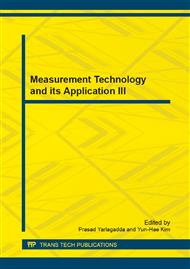p.1714
p.1728
p.1733
p.1737
p.1743
p.1749
p.1753
p.1757
p.1762
Numerical Simulation of Particle Trajectory in Electrostatic Precipitator
Abstract:
The performance of Electrostatic Precipitator (ESP) is significantly affected by complex flow distribution. Recent years, many numerical models have been developed to model the particle motion in the electrostatic precipitators. The computational fluid dynamics (CFD) code FLUENT is used in description of the turbulent gas flow and the particle motion under electrostatic forces. The gas flow are carried out by solving the Reynolds-averaged Navier-Stokes equations and turbulence is modeled by the k-ε turbulence model. The effect of electric field is described by a series equations, such as the electric field and charge transport equations, the charged particle equation, the charge conservation equation, the mass and momentum equations of gas, the mass and momentum equations of particle and so on. The particle phase is simulated by using Discrete Phase Model (DPM). The simulations showed that the particle trajectory inside the ESP is influenced by both the aerodynamic and electrostatic forces. The simulated results have been validated by the established data.
Info:
Periodical:
Pages:
1743-1748
Citation:
Online since:
June 2014
Authors:
Price:
Сopyright:
© 2014 Trans Tech Publications Ltd. All Rights Reserved
Share:
Citation:


